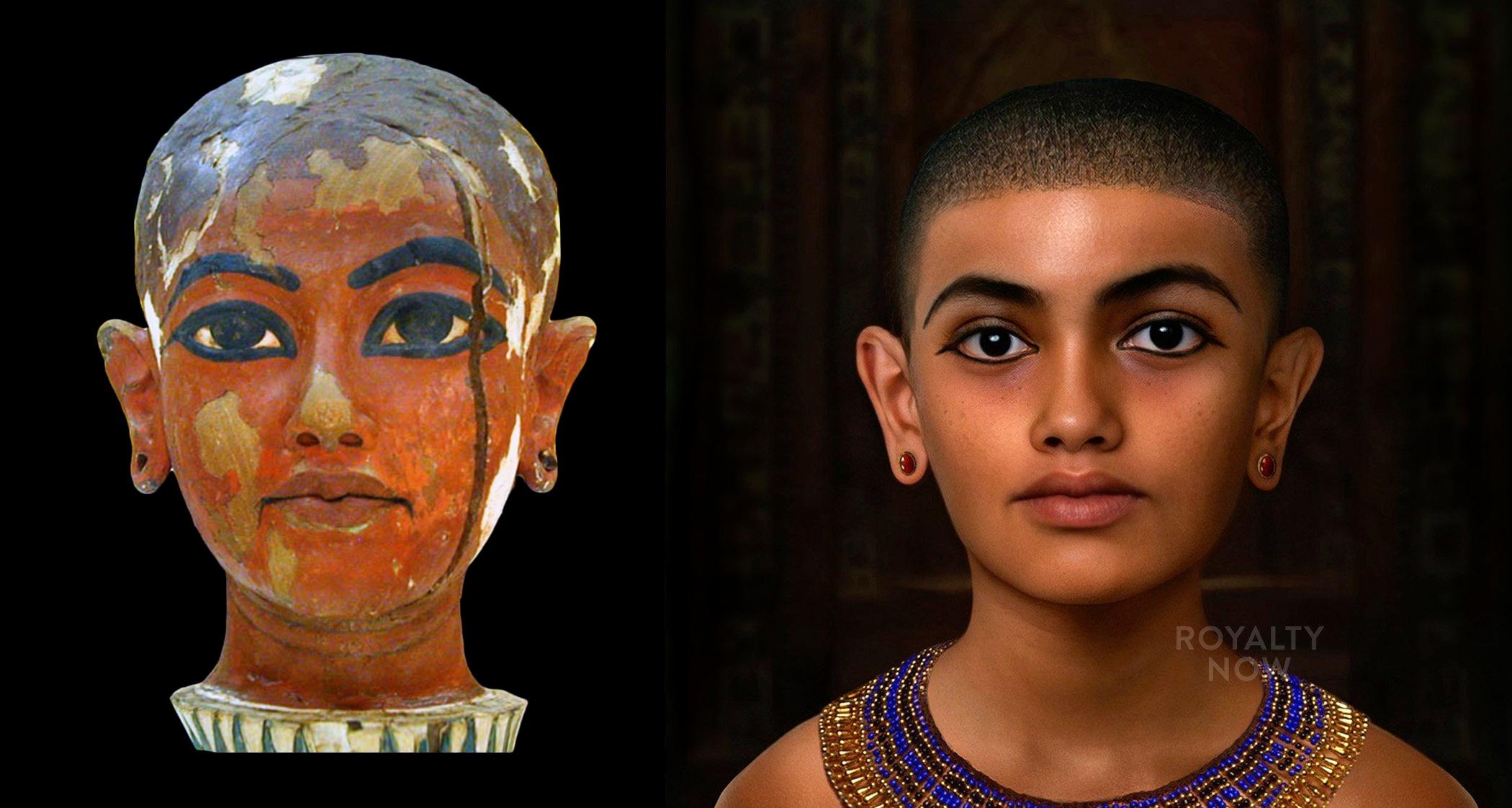What did King Tut look like? Almost exactly 100 years ago, British archaeologist Howard Carter discovered a staircase in the Valley of the Kings.
What was King Tut like?
Almost exactly 100 years ago, British archaeologist Howard Carter discovered a staircase in the Valley of the Kings.

The story of Tutankhamun
Almost exactly 100 years ago, British archaeologist Howard Carter discovered a staircase in the Valley of the Kings. The next day, he followed the stairs and was thrilled to find an undiscovered tomb, with the inner door still sealed – an extremely rare treasure.
Inside was the boy king Tutankhamun. A pharaoh who had reigned for just 10 years – the blink of an eye in historical context. It was a discovery for the ages, revealing thousands of perfectly preserved Egyptian antiquities and capturing the public’s imagination.
Today we will talk about what we know about the story of King Tut, his mummy and then, of course, we will reveal what it may have been like.
King Tutankhamun was born in Egypt around 1341 BC, during what is called the New Kingdom period. This period featured some of Egypt’s most famous pharaohs, including Hatshepsut, Tuthmosis, and Akhenaten.

The real identity of Tutankhamun’s biological mother is unknown, but we do have his mummy. Genetic analysis shows that she is probably the “younger lady” found in tomb KV55, who turned out to be the full sister of her husband, Akhenaten.
The only real reason for Tut’s notoriety is his tomb; before its discovery, Tutankhamun was barely a footnote in most Egyptian histories. We don’t actually know much about his reign. Ascending the throne at around age nine, he would have been too young to truly rule. He probably relied heavily on his advisors.
The young king had inherited a country in turmoil, weak and fractured by religious unrest. This was Tutankhamun’s main agenda as king: to reverse his father’s radical religious reforms. When he ascended the throne, he officially changed his name from Tutankh the Ten to Tutankh Amun , removing the association with the Aten, the Sun God. A carving found at Karnak indicates Tut’s discontent with his father’s reforms, stating that “the gods were ignoring this land” because of his father’s follies.
The aim was to provide stability to a fragmented Egypt. During his reign, he commissioned new statues and building projects, and also moved Egypt’s capital to Thebes. He restored temples and sculptures that had been destroyed by Akhenaten. We know that Egypt saw war during his time as king: his tomb was found to contain armour and other military items, although it is unclear whether Tut himself used any of these.
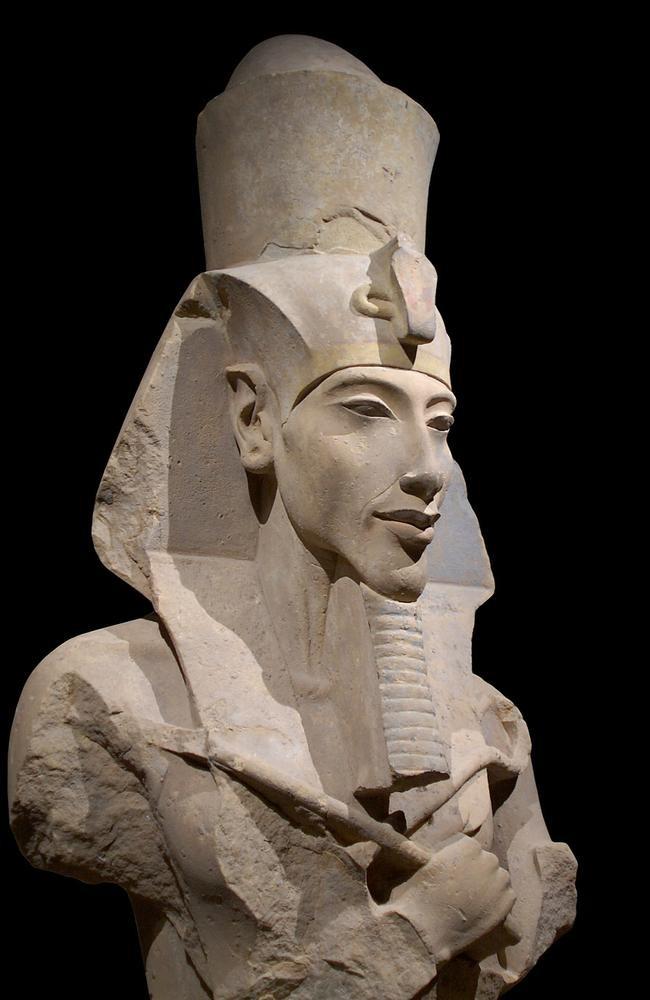
Tut was married to his half-sister, Ankhesenamun. The couple was unlucky, having only 2 daughters who died at stillbirth, no doubt due to generations of inbreeding (family tree at bottom). Her death marked the end of his royal line.
Tutankhamun died in 1323 BC, aged around 18 or 19, and was buried in an unusually small tomb in the Valley of the Kings.
Discovery of tombs
Three thousand years later, Howard Carter, under the patronage of the British Lord Carnarvon, went looking for him. Carter had been excavating the Valley of the Kings for some years when he set out to find the boy king’s tomb. He believed there was at least one more undiscovered tomb in the valley, probably buried under piles of rubble from other excavations.
Lord Carnarvon was growing impatient: he told Carter that 1922 would be the last season of funding he would receive.
But finally, in November, Carnarvon received an excited telegram from Howard Carter. “I have at last made a wonderful discovery in the Valley – a magnificent tomb with the seals intact.” The tomb would become known as KV-62.
Tut’s tomb was found during what can only be described as the Wild West of Egyptology. At the time, the British occupied Egypt but did not officially occupy it. Unfortunately, all the media storm and credit surrounding the discovery of the tomb completely eluded the Egyptian authorities. In fact, the Egyptian government seemed to have no say in the excavation at all. Carnarvon even signed an exclusive contract with the London Times, giving the paper exclusive rights to images of the tomb. There was some justice in that in the end the treasures went to the Egyptian museum and not the British or Metropolitan museum as originally promised.
Some even thought that justice went even further: Lord Carnarvon died mysteriously just four months after entering the tomb. Journalists in the 1920s were quick to cash in on the “curse of the pharaohs.” They attributed more than a dozen deaths to the curse, although later studies showed that most of the people who entered the tomb lived an average lifespan.
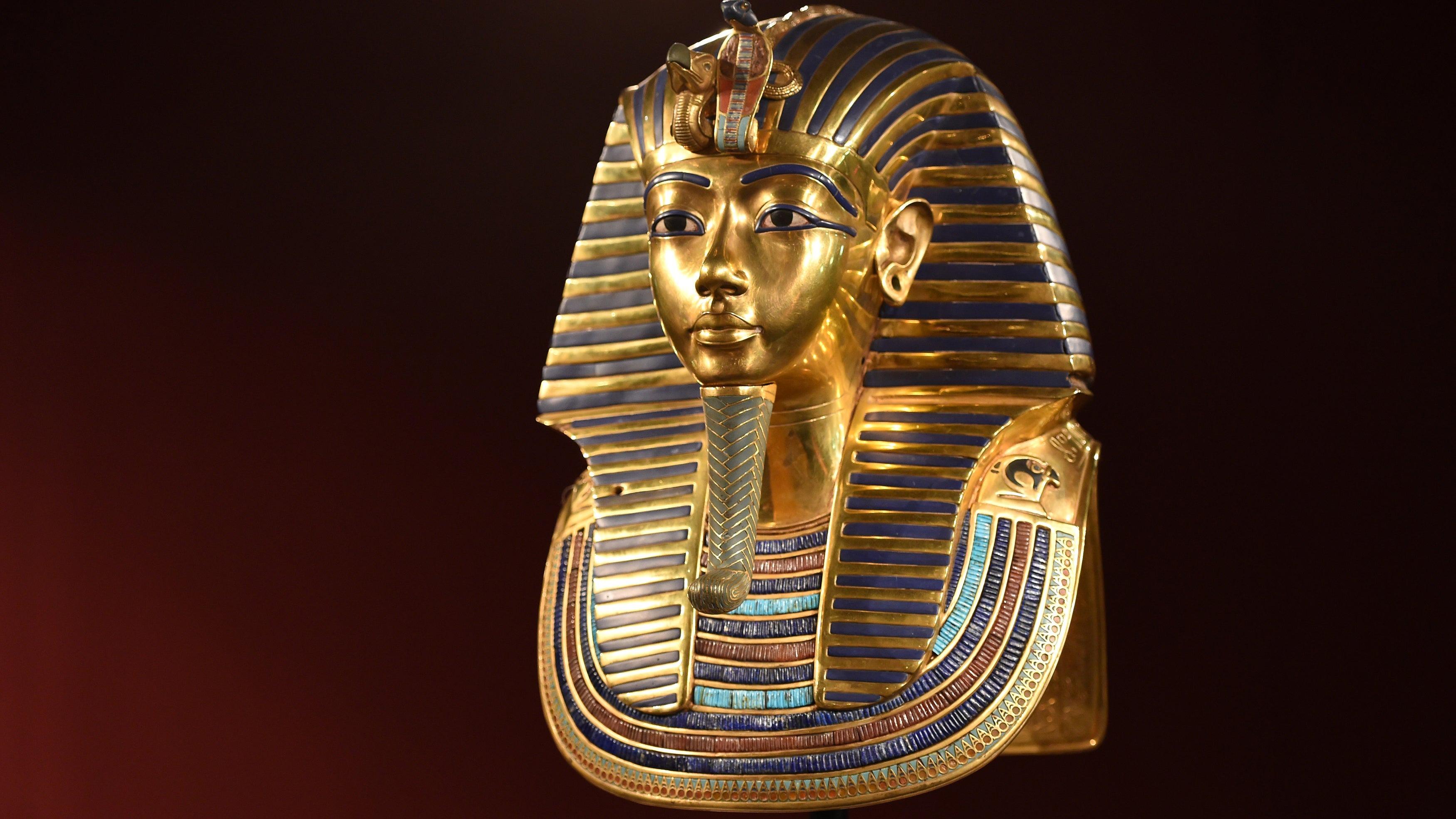
Later that month, the team began excavation. The riches they found were unimaginable. One specifically baffled the archaeologists: an iron dagger, made centuries before humans had invented iron forging. It was found to have been forged from a meteorite that had fallen to Earth – surely a completely mystical object for the ancient Egyptians.
Also found were 413 small-scale models of servants, meant to assist him in the afterlife. A golden throne depicting Tut and his wife. A broken-down chariot and other war remnants. A scale model of the King, which some scholars believe to be a dress mannequin. Hundreds of other items were also found: jewelry, figurines, clothing and other riches.
Although these objects are magnificent, there is still a sense of historical distance. But inside the tomb there are also some heartbreaking and utterly human details. A wreath of flowers was found around the sarcophagus, which Carter says still retained its colour after 3,000 years. Two small mummies were placed near it – Tutankhamun’s two stillborn infant daughters. The tomb also contained his childhood toys, buried with him. Many of the items depict ducks – an animal he seems to have loved and which is also important to Egyptian society.
Unfortunately, the mummy was badly damaged. In fact, it was charred. It is believed that a large amount of oil used on Tut’s body during burial actually burned inside the tomb in ancient times, causing extensive damage even before it was opened.
Also, Carter and his team were not gentle. They basically ended up removing the mummy from the coffin, which caused massive damage.
The trauma to the mummy, which we now know occurred after death and burial, was what led scholars at times to believe that Tutankhamun was brutally murdered. And many theories and mysteries still surround his mummy and burial.
It is hotly debated whether Tut’s tomb was actually intended for him or not, as it appears to have been hastily completed. Professor Ralph Mitchell analysed some mysterious brown stains along the walls of the tomb and discovered that they were microbes, bacteria that had grown when the tomb was sealed with wet paint that was still drying inside.
Some scholars believe that the burial site and objects were originally intended for someone else, perhaps Nefertiti, her sister Meritaten, or another high-ranking official.
Others believe the unusually small tomb is just an antechamber leading to more riches. However, more recent radar studies suggest this is not the case.
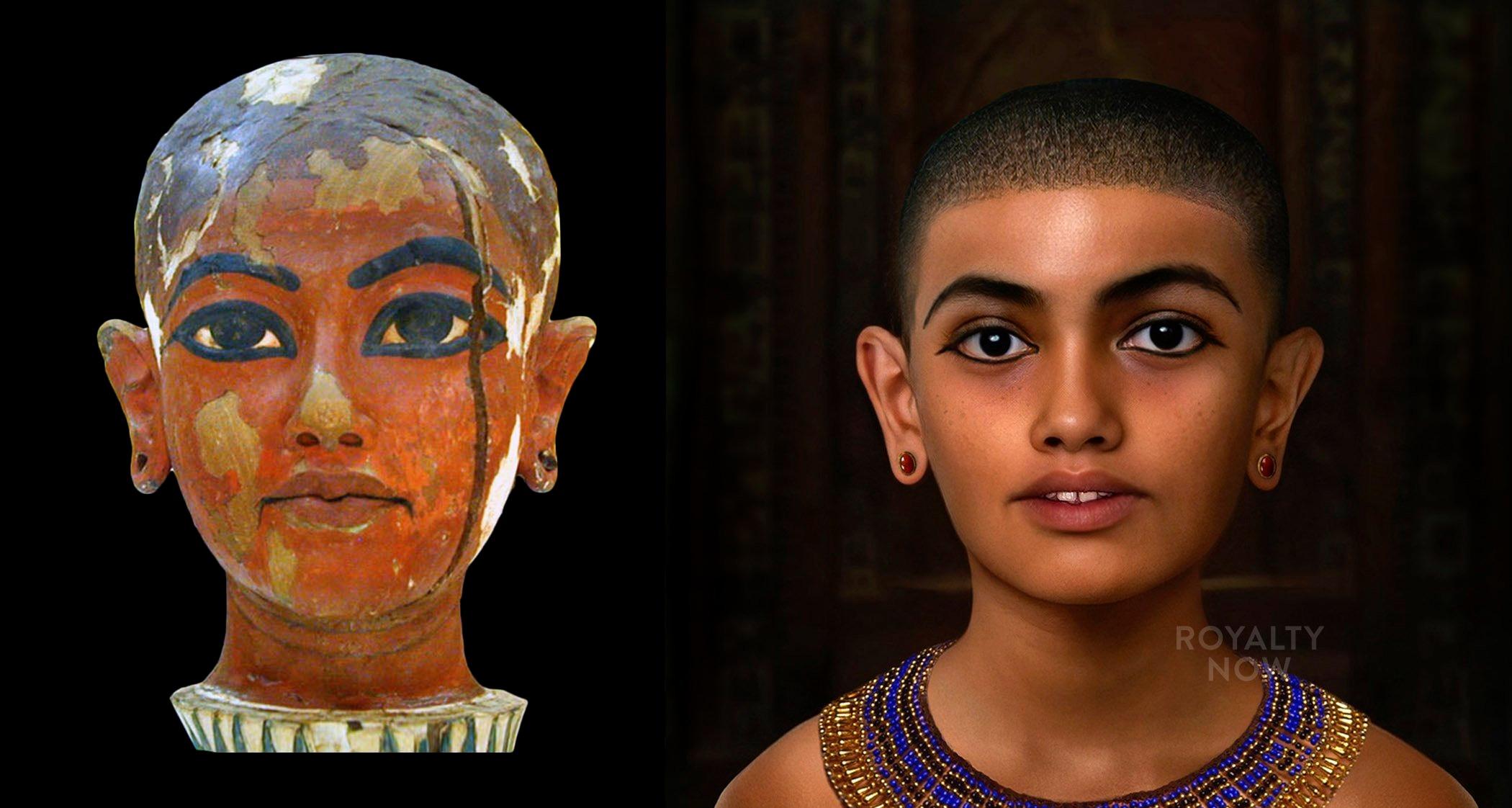
How sick was Tutankhamun and how did he die?
We know that Tutankhamun was inbred, which undoubtedly led to some health problems. However, he may not have been as sickly as some recreations suggest. There is a lot of evidence to suggest that his death came as a surprise to his family, meaning that he must have been in fairly good health beforehand. Many of his genetic diseases were found to be perhaps annoyances in daily life, but not the actual cause of his death.
A 2010 study confirmed much of what we know about Tutankhamun’s body and death. (Credit Ancestry and Pathology in King Tutankhamun’s Family by Zahi Hawass, PhD; Yehia Z. Gad, MD; Somaia Ismail, PhD; et al) He was found to have suffered from Kohler’s disease, which can affect your ability to walk and may have caused swelling and pain in your foot. This is supported by the numerous walking sticks found in your tomb, which showed signs of use, although Professor Salima Ikram says their use was fairly light. You may also have suffered from familial epilepsy, which would have caused you to have seizures.
An interesting hypothesis for Tut and his parents has been that they suffered from Marfan syndrome. This is a syndrome that can cause abnormally long limbs and fingers, a slightly feminized appearance, a curved spine and flat feet.
What’s so interesting is that the artistic style of the Amarna period actually supports this: the busts and statues of Akhenaten, while more realistic than other periods of Egyptian art, are also slightly feminized. They display long limbs and androgynous features. Egyptologists have long speculated about whether these images reflected the truth or were simply artistic license.
But after the mummies of Akhenaten and Tutankhamun were found, we got some answers. It was discovered that Akhenaten’s pelvis does not show feminine features. Another characteristic of Marfan syndrome is dolichocephaly (a long, flat skull). But none of the mummies tested show that. Instead, they exhibit mild brachycephaly, which is more of an elongated cone shape. The studies ruled that Marfan syndrome was not present.
According to current studies, it seems clear that the Amarna period style is much more artistic than physical. It is probably related to Akhenaten’s religious reforms and not based on actual observation.
Tutankhamun was found to have suffered from malaria – more than one strain of malaria, in fact. Before a cure was found in the 20th century, malaria could be very deadly. He would have been in real discomfort in his final days.
But Tut’s real killer was more harmless: his body shows evidence of a sudden leg fracture, possibly due to a fall. The broken bone in his left foot had festered, and along with malaria, proved fatal for the 19-year-old. This contradicts the story that he was helpless and crippled; he must at least have been active enough in his final days to be injured.
But then, in the reliefs, Tut is sometimes shown sitting rather than standing for certain activities such as hunting. So it’s hard to know the severity of his conditions.
Unfortunately, there are many things we may never truly know about Tutankhamun: his mummy was simply too damaged, and his time in history was too shrouded in mystery.
So what do we know about what she would have looked like in real life?
We know he was around 5’6″ tall and quite thin. Professor Hutan Ashrafian says he would have had an overbite with protruding teeth and would have been relatively frail. We know that at the time of burial his head was shaved.
Most scholars agree that images of King Tut made by his own people, during his lifetime, are what we should look for for accuracy. Zahi Hawass believes that Tutankhamun’s funerary mask is probably the best representation of him. It has been noted that reconstruction directly from a mummy is neither reasonable nor accurate, as the tissue of the mummy is reduced by about 50%.
Professor Salima Ikram told Live Science: “I think it looked as it was depicted, except it had more of an overbite.”
We don’t have many images of King Tut, just because his reign was so short, but they all seem remarkably consistent. I’m going to use his famous funerary mask as a reference, as well as his effigy found in the tomb. This small effigy was made to represent him as a child and shows him emerging from a lotus flower, symbolizing regeneration.
We don’t know Tutankhamun’s exact skin tone or eye color. Based on his genome and skeleton, it has been noted that he could be considered North African. Now, of course, North Africans today represent a wide range of skin tones and hair textures. I’ve tried to stick very closely to what the sculpture depicts, a reddish tan tone. Just know that this is just one possibility.
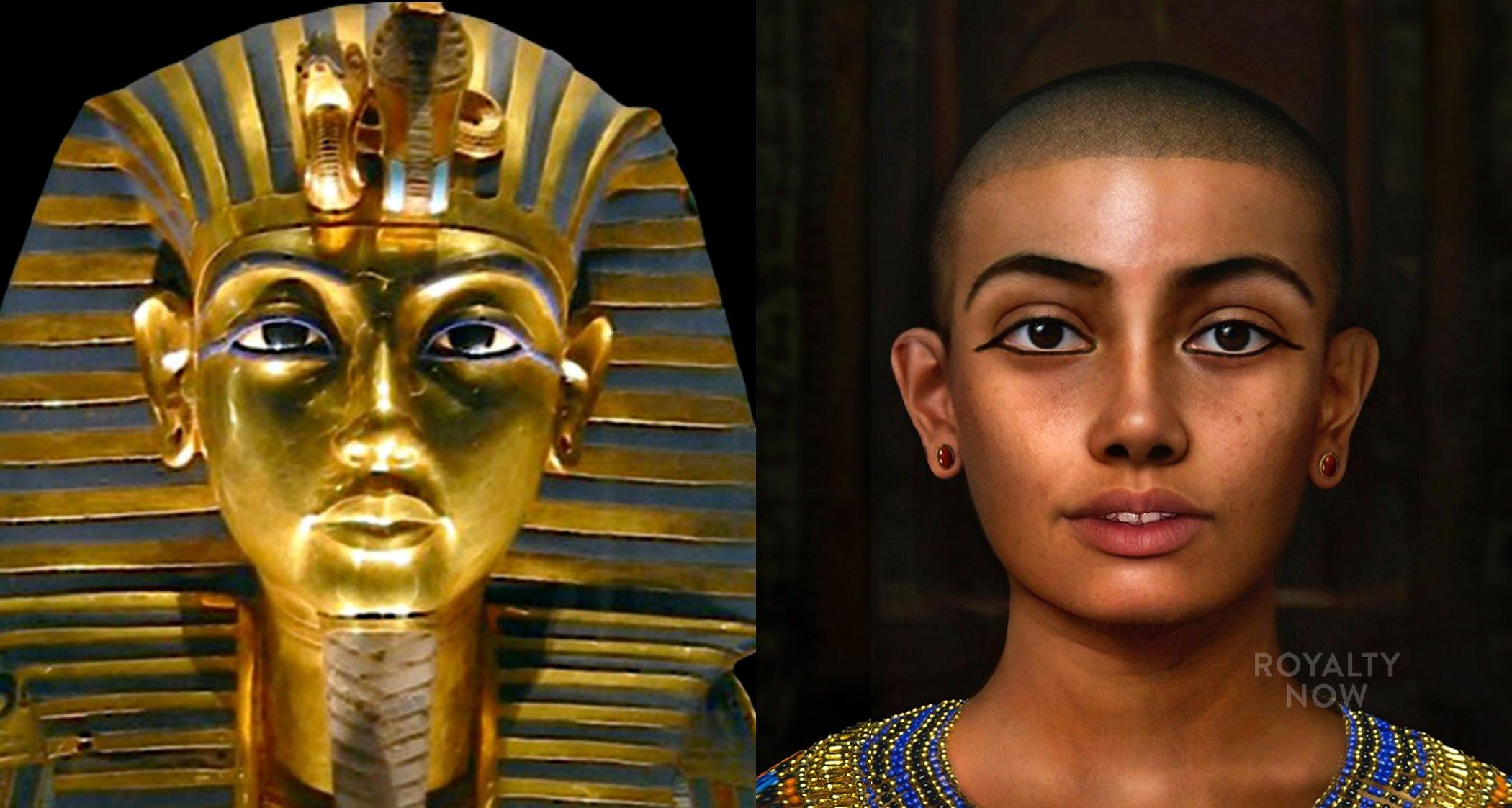
Recreations of King Tut with overbite and protruding teeth, revealed in X-rays and CT scans of his mummy.
